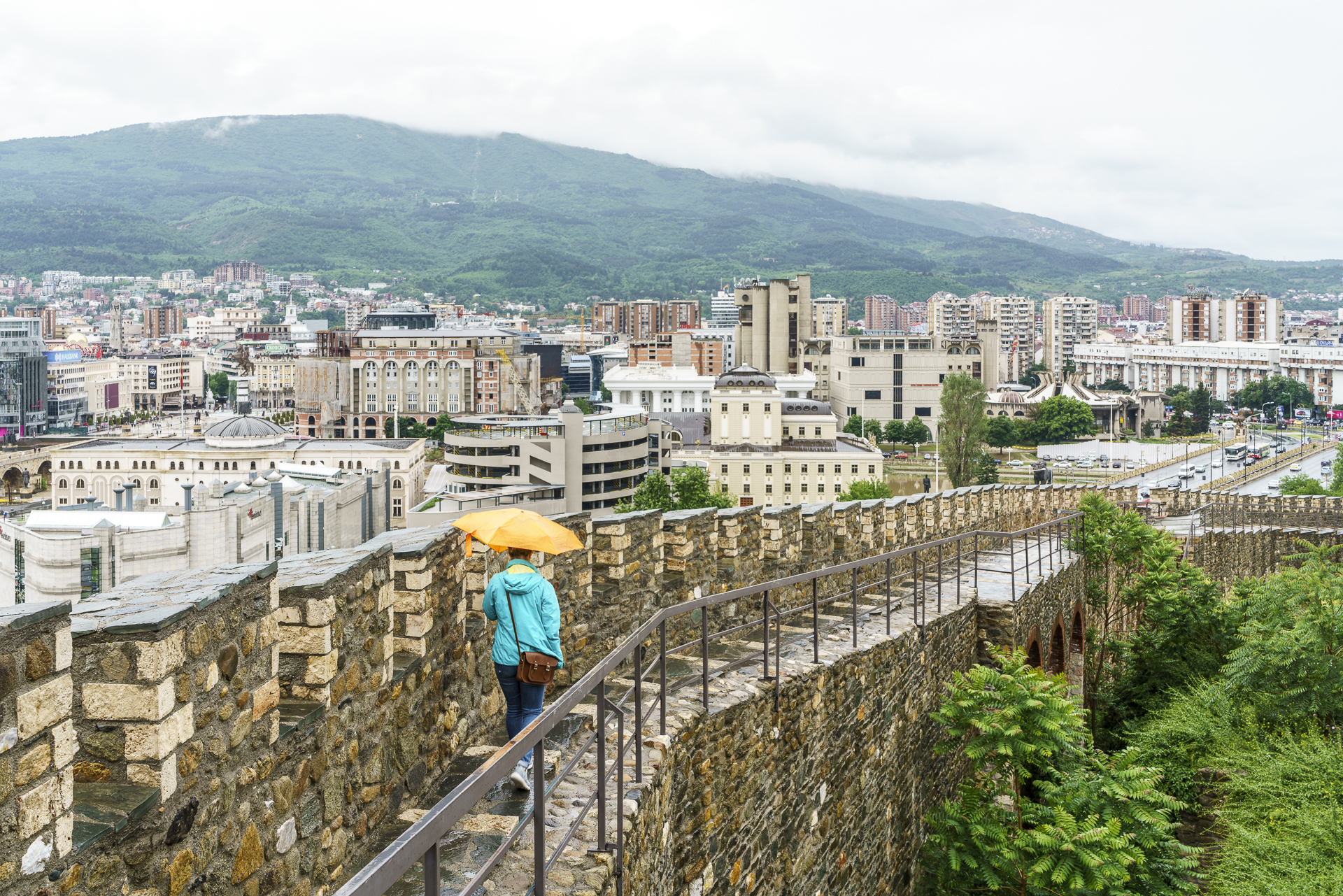
Skopje – Status: it’s complicated!
Just over a year ago, I was musing about “beauty” in Le Havre – or rather, dealing with the question: What makes a city “beautiful”, why do we call an old town “picturesque” and why do prefabricated buildings not fit into the common urban ideal of beauty? I enjoyed this confrontation and picked out another “difficult” specimen for this spring. Skopje. I came up with the idea on the flight back from Lviv last autumn. I still had a residual amount of data “World 1” available and looked where I could use it (logically a fun pastime, because you have to use the amount of data within 30 days (which, by the way, I think is totally stupid, dear Swisscom)). North Macedonia sounded exciting and what I read about Skopje piqued my interest. So I put the capital of North Macedonia on my list of travel ideas for 2017. So much for the backstory. And now to the core question: is a city trip to Skopje worth it?
Note: In 2019, the constitution was amended and Macedonia was renamed North Macedonia (the name change was preceded by a lengthy conflict with Greece regarding the historical greater region of Macedonia)
Skopje – City of Kitsch?
It was supposed to be a prestige project that cost the government a lot of money and still devours vast amounts of taxpayers’ money. With the complete redesign of the public squares and government buildings in the centre of Skopje, the national-conservative ruling party VMRO wanted to create a more “classic” appearance and, above all, a new, proud identity with the Skopje Project 2014. But can this really be achieved with pseudo-Greek temples, oversized ostentatious statues and elaborate gold decorations everywhere? If you stroll along the Vardar River these days, you will see a lot that primarily causes question marks and unease. What on earth is this going to be?
Although, in the time of Alexander the Great (who grew up on what is now North Macedonian territory), temple buildings with columns were “en vogue”. So is it really so wrong to exhaust neoclassicism to the fullest in search of a common state identity? Yes. At least when the whole thing culminates in the installation of bright pink ornamental birds on gilded square lamps. It’s a pity, because if you think the area is empty except for the water feature, this central square of Skopje, lined with cafés, certainly has its qualities.
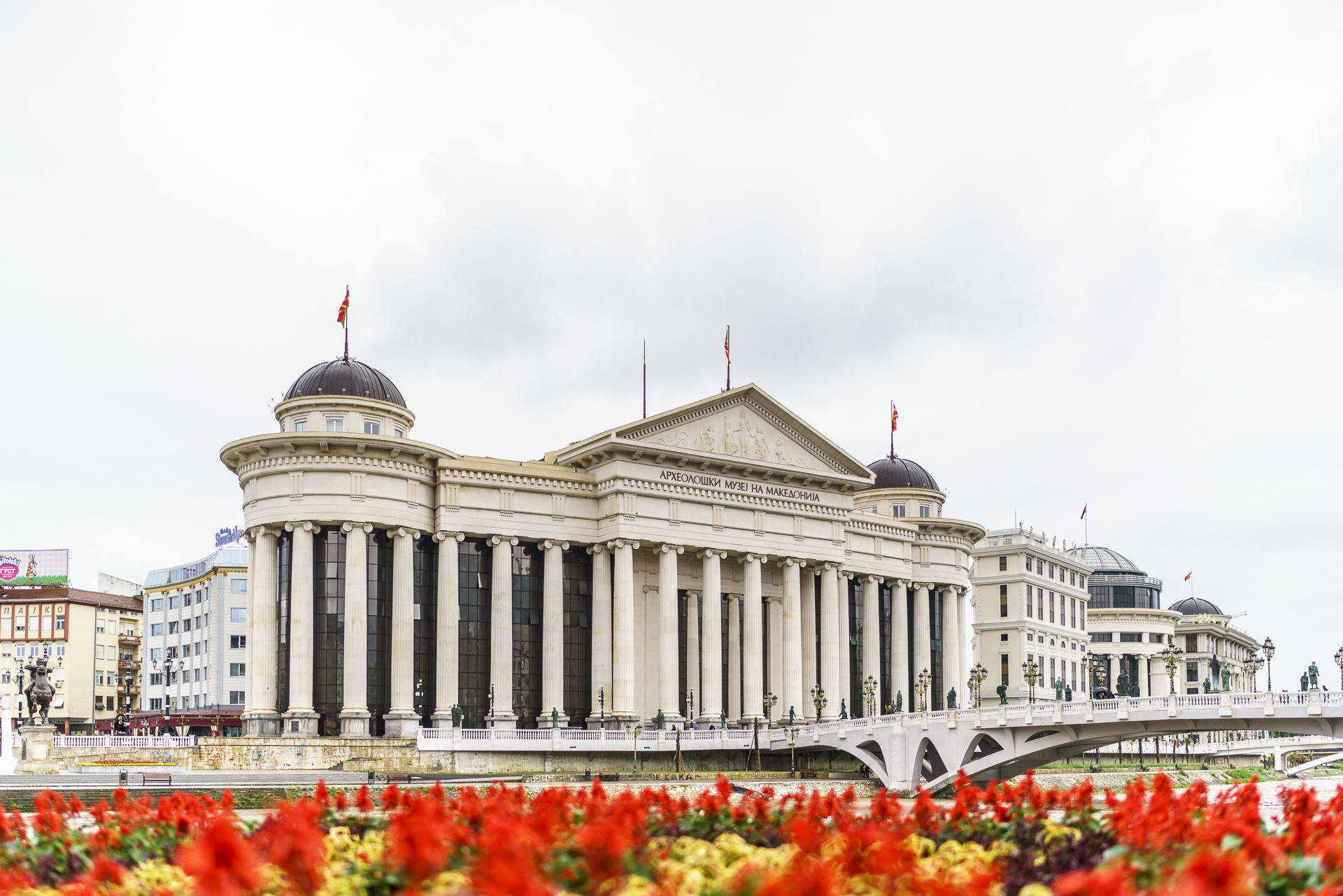
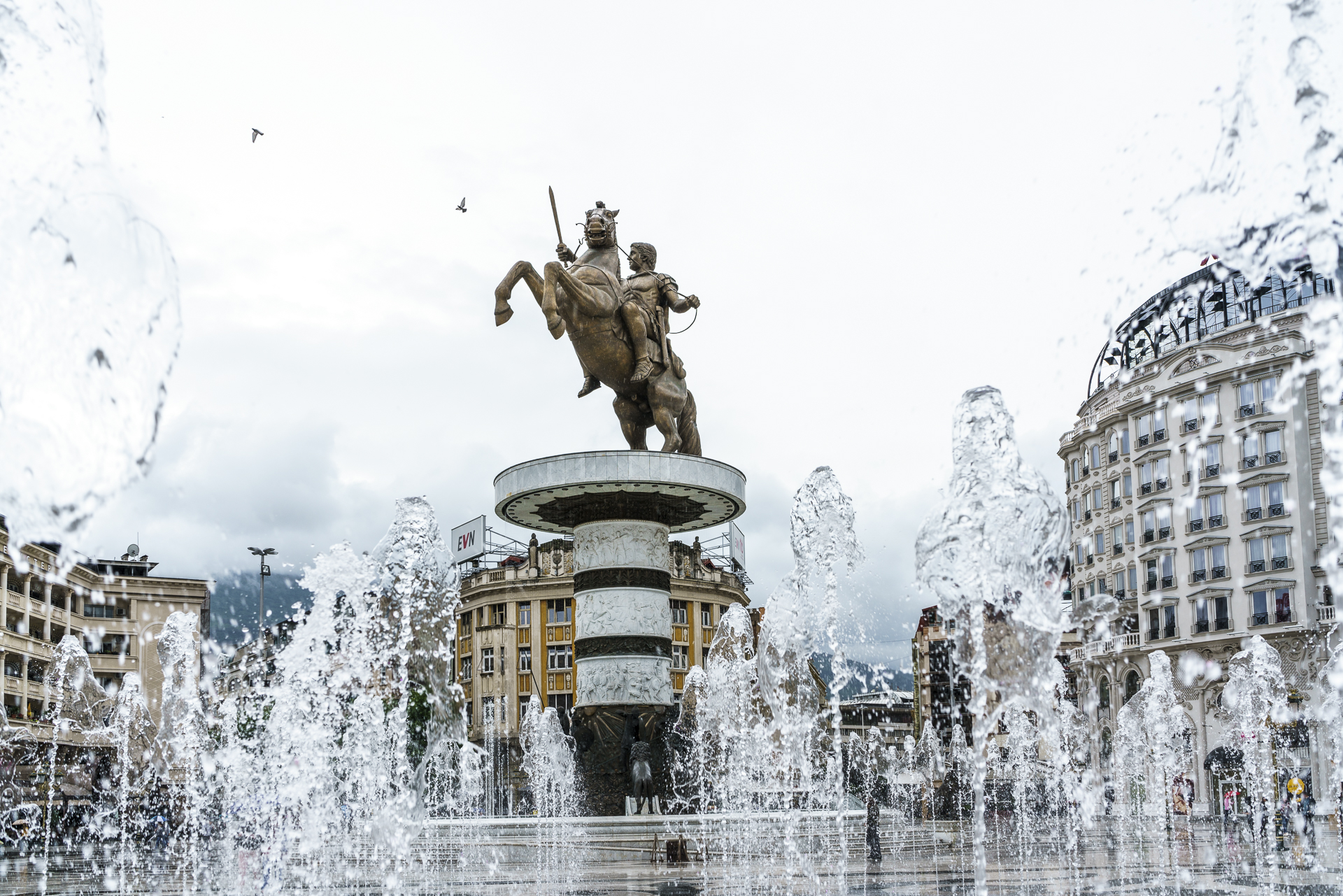
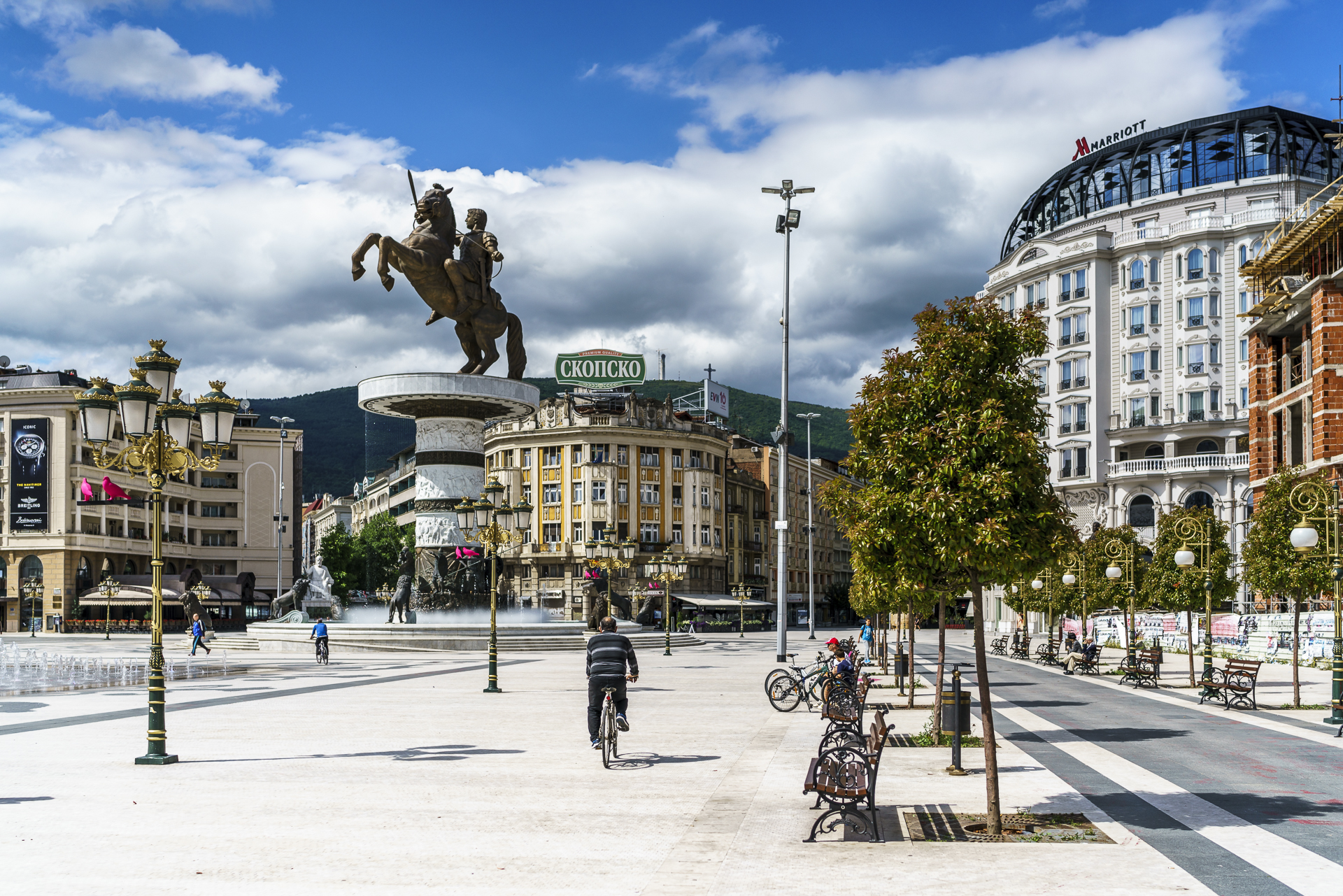
Behind the Kitsch
After a while, as I discover the city centre, I understand the background that may have led to this desperate quest for a new identity. In 1963, an earthquake reduced large parts of the city to rubble – including many historic buildings of the Ottoman Empire. Two years after the earthquake, the master plan by Japanese architect Kenzo Tange was chosen as the winning project in an international urban planning competition. The result: a reconstruction in the style of structuralism/brutalism. However, as I already noted in Le Havre, concrete buildings generally enjoy much less sympathy than neoclassical buildings of the early 20th century. So why not build on this aesthetic, perhaps thought the creative creators of Skopje 2014. Fortunately, not all concrete buildings from the 1960s to the 1980s have fallen victim to the bulldozer. The Glavna Posta, for example, resembles a fortress next to a gleaming white arcade of columns. Another fine example is the Saint Cyril and Methodius University, which appears filigree in its appearance despite its concrete structure. What these buildings have in common is that they reflect a clear zeitgeist – something that is completely absent from the Skopje 2014 project. What is really “more beautiful” is up to each viewer to decide. In any case, my vote goes to Team Beton.
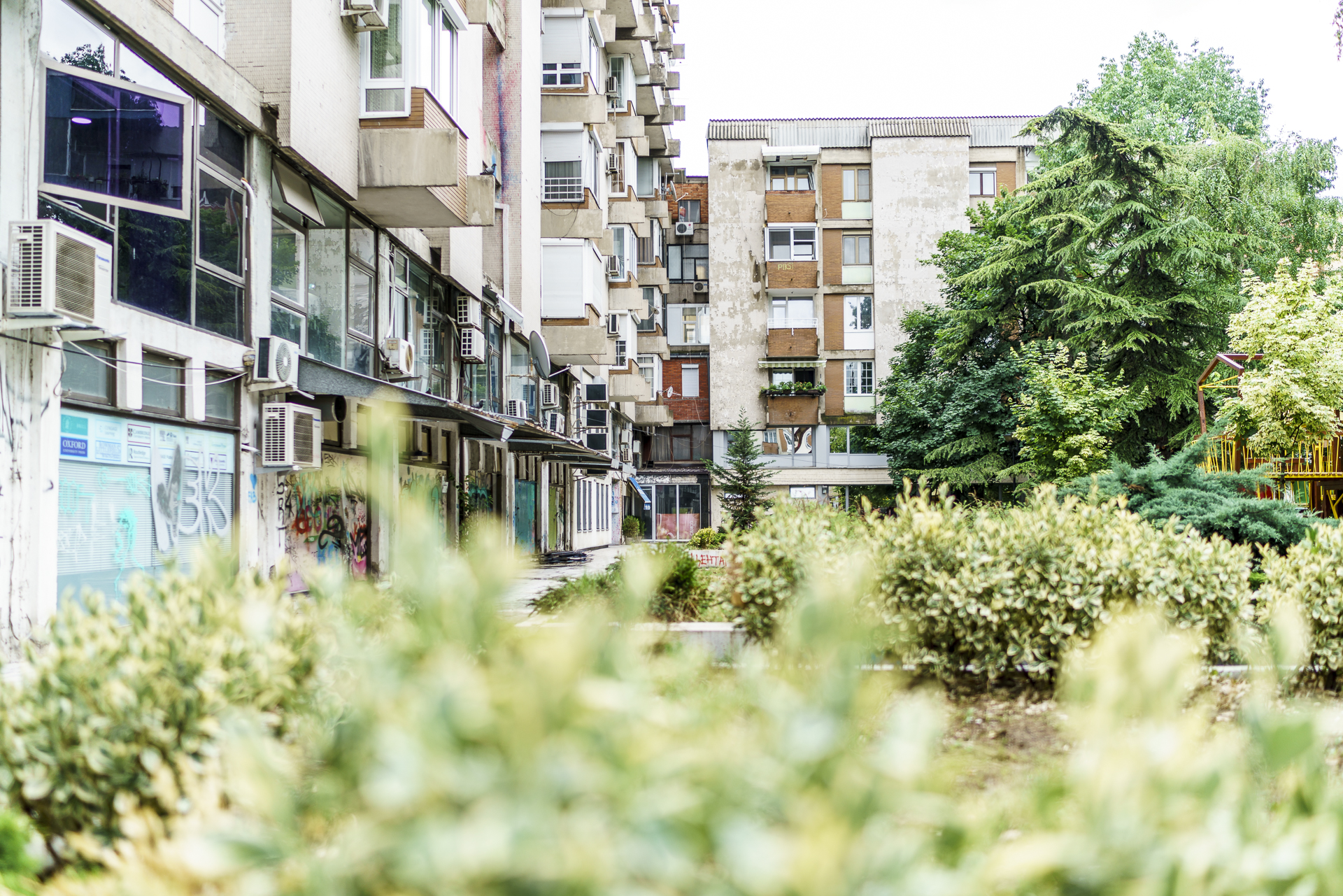
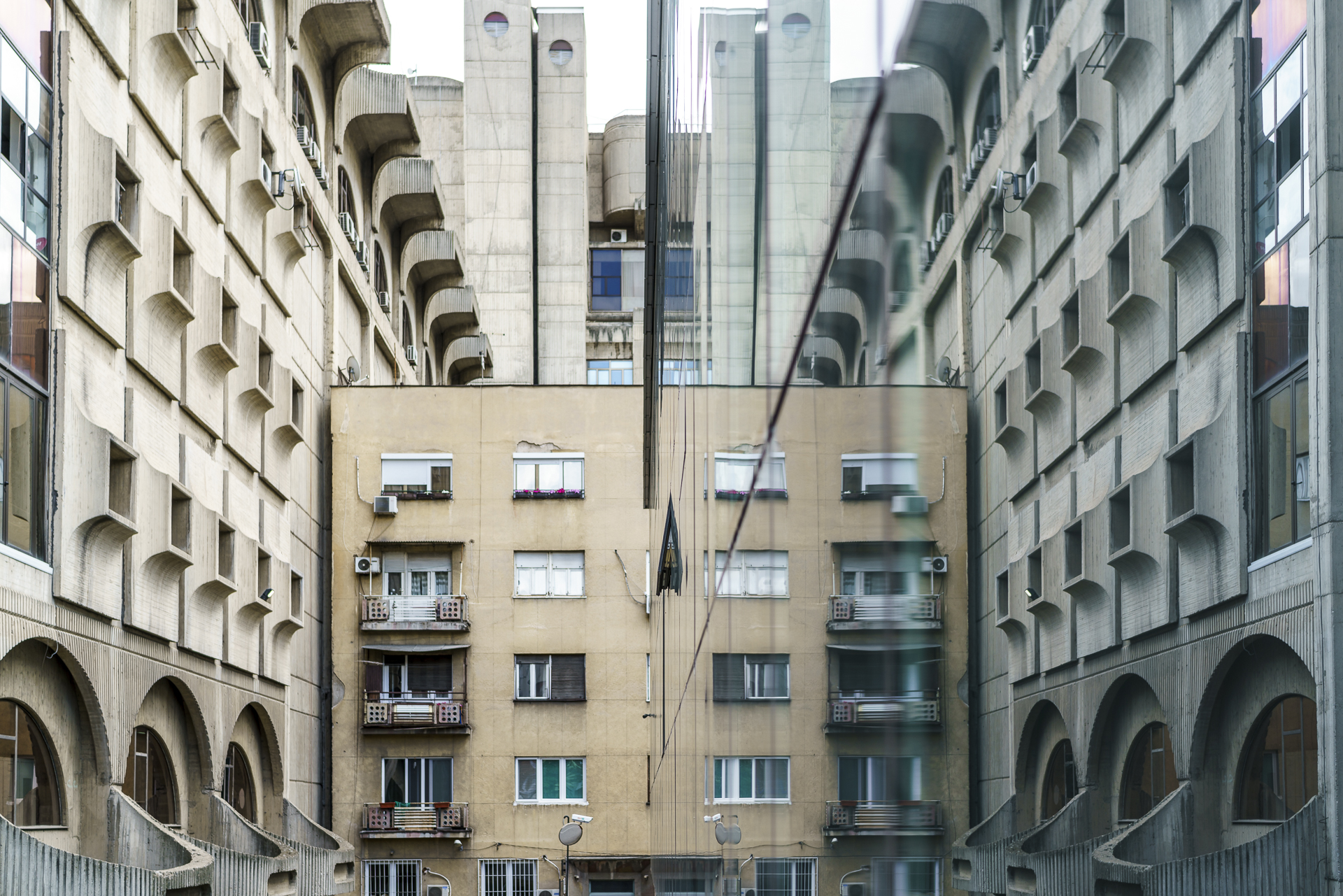
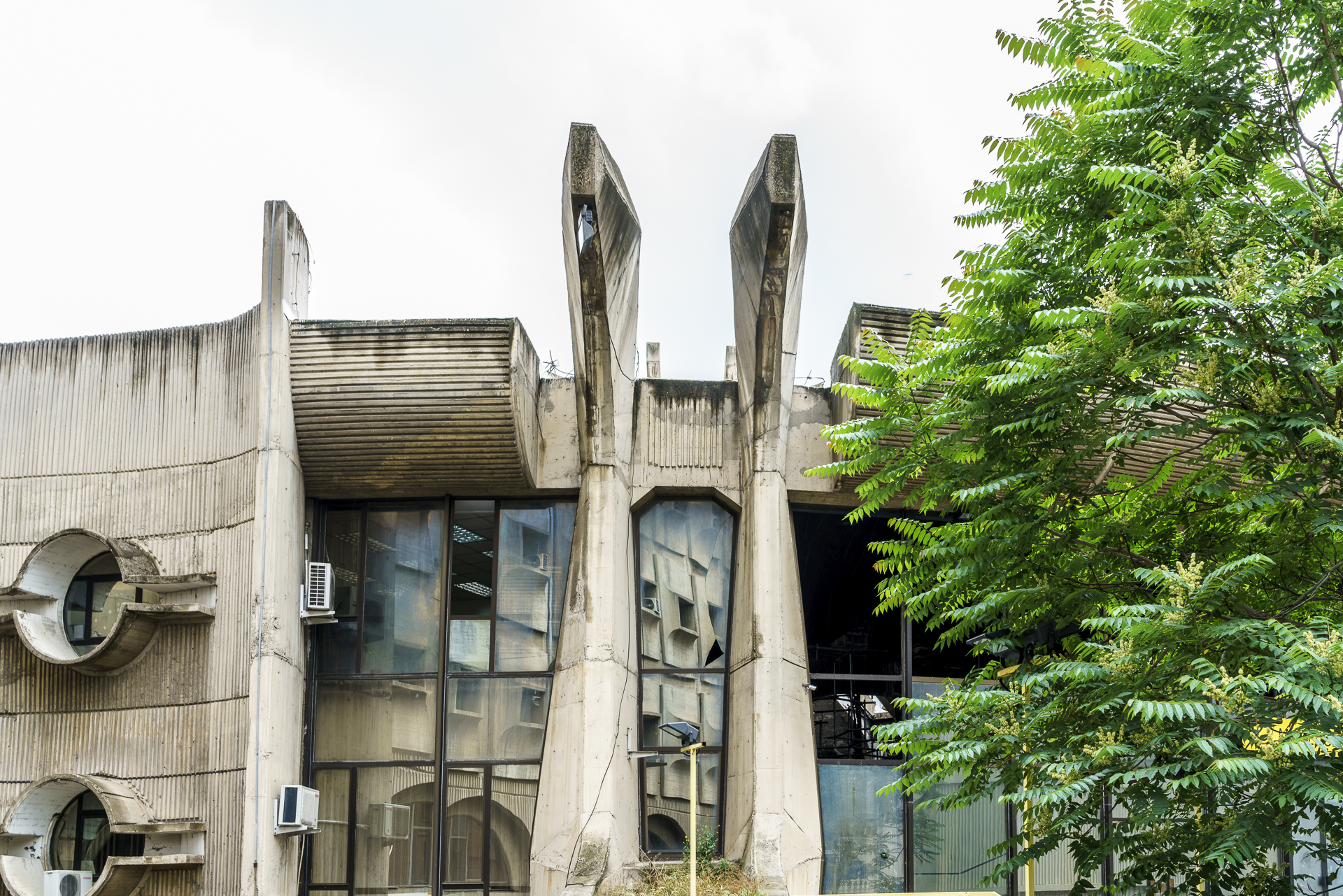

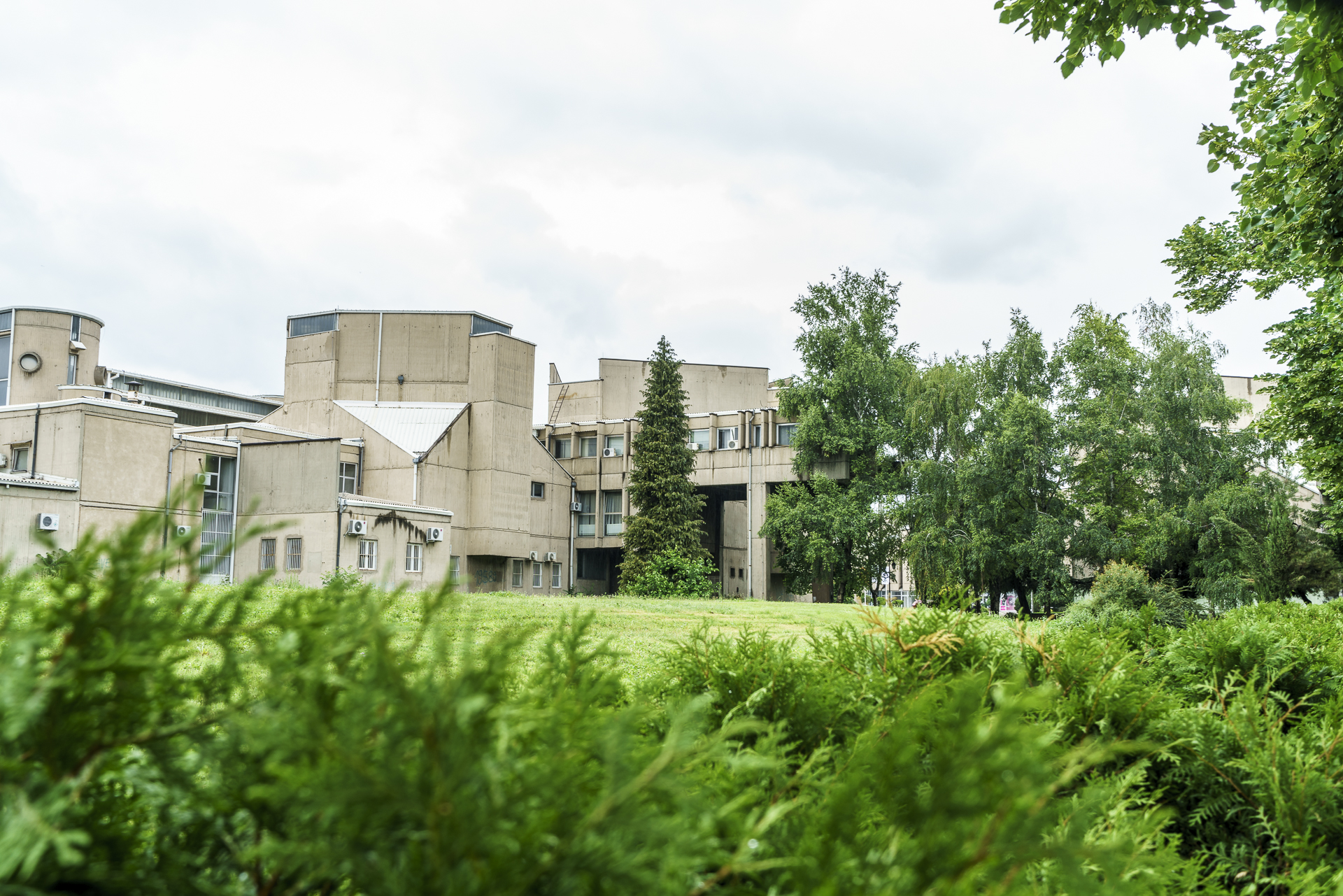
Matka Canyon Escape
Regardless of whether you like kitsch or brutalism, at the latest in Matka Canyon the debating minds calm down. The gorge is one of the most popular local recreation destinations and the day trip there can be excellently combined with a city trip. Bus line 60 serves the route at irregular intervals (approx. every 1.5 hours – according to the current timetable, first trip at 7:00 a.m., then 8:45 a.m. and 10:30 a.m. departure from the bus station). Since we couldn’t find any exact information about the departure times and stops, we were much too early at the bus station and used the time to explore the station building (one of Kenzo Tange’s buildings) and the surrounding neighborhood. If the way to the bus station is too far for you, you can get there at one of the stops at Bulevar Partizanski Odredi – the bus passes through there and stops at the stops (Google doesn’t know the line, which makes planning difficult). The drive from the city center to the gorge takes a good 50 minutes. At the beginning of the gorge there is a restaurant where boat tours start and kayaks are rented. There are also the various hiking routes to the churches and monasteries of the region (approx. 45 minutes hiking time each way) as well as the route along the gorge (approx. 2.5 hours in one direction) signposted. We followed the path along the gorge for a good hour and enjoyed the peace and quiet. A delightful day out! The only information I’m missing is the cost of the bus ticket – we didn’t pay anything either way because the chauffeurs didn’t want our money.

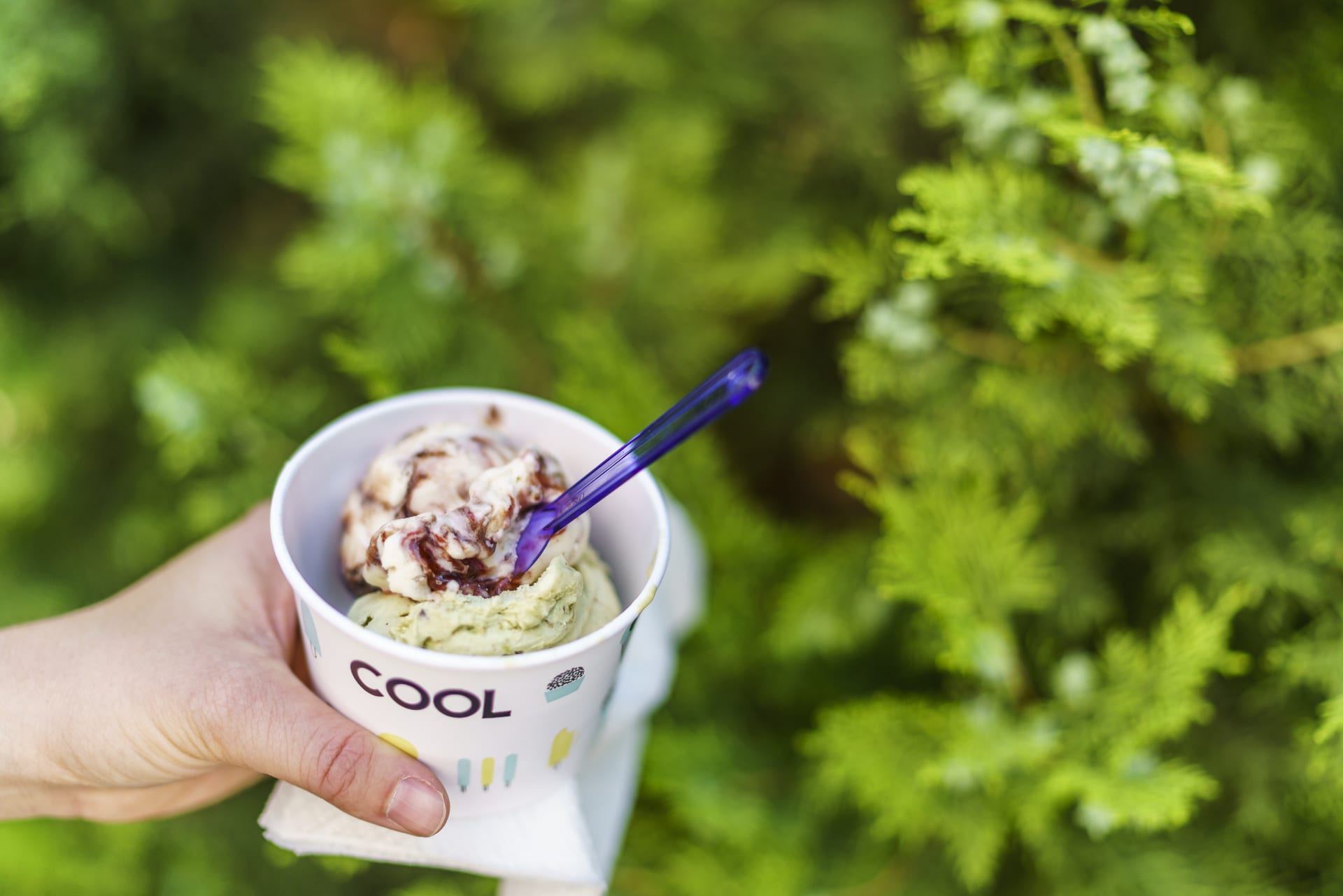
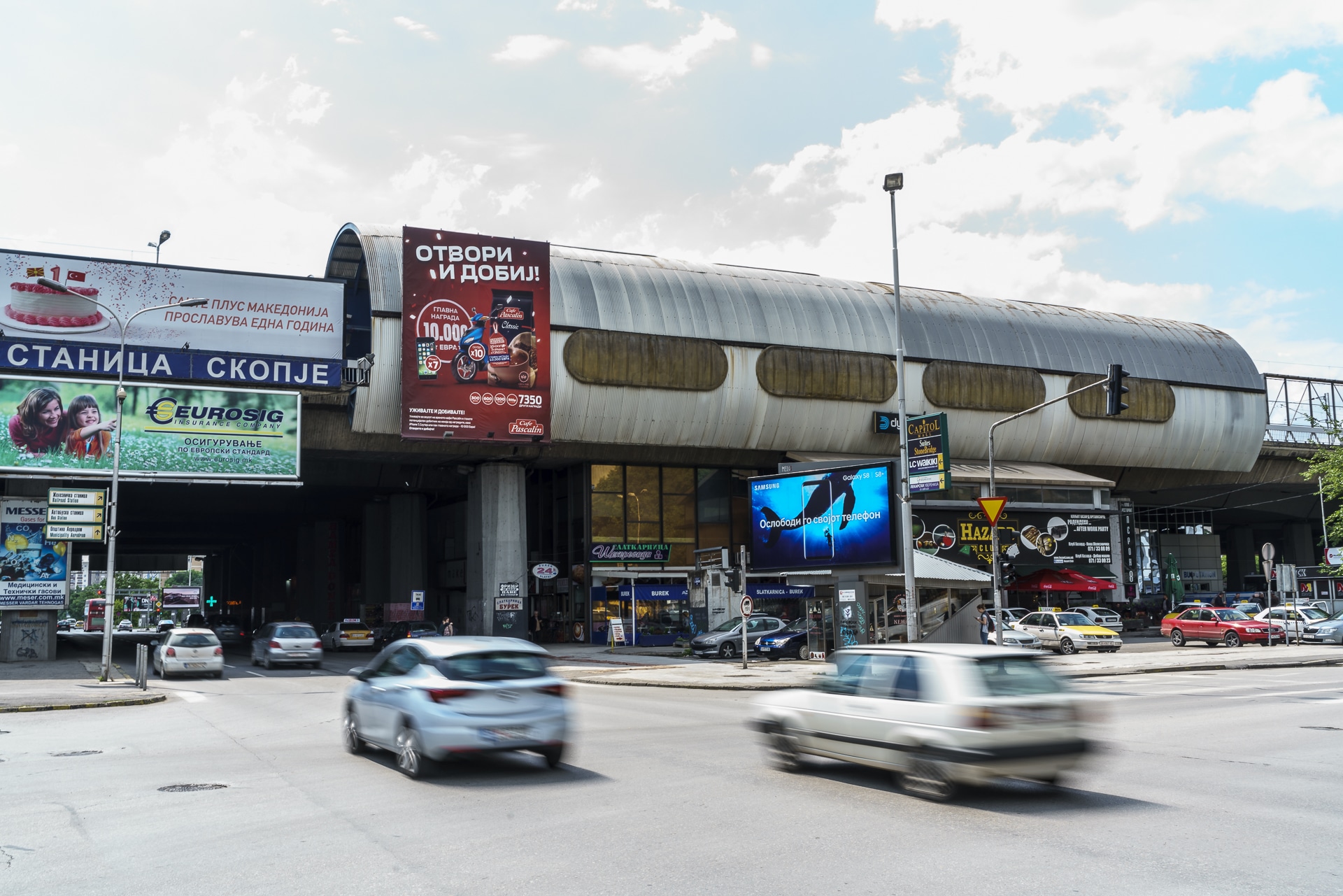
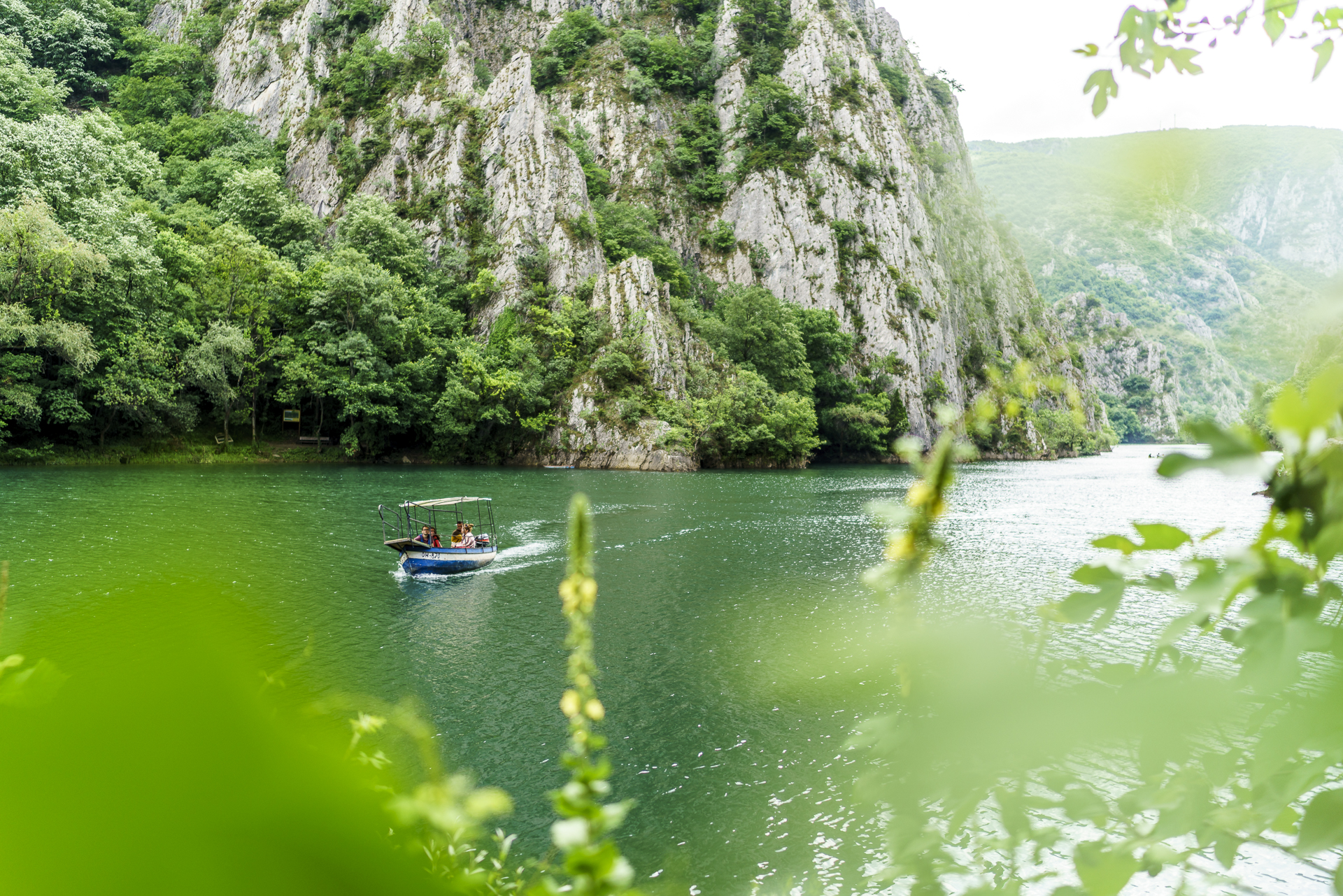
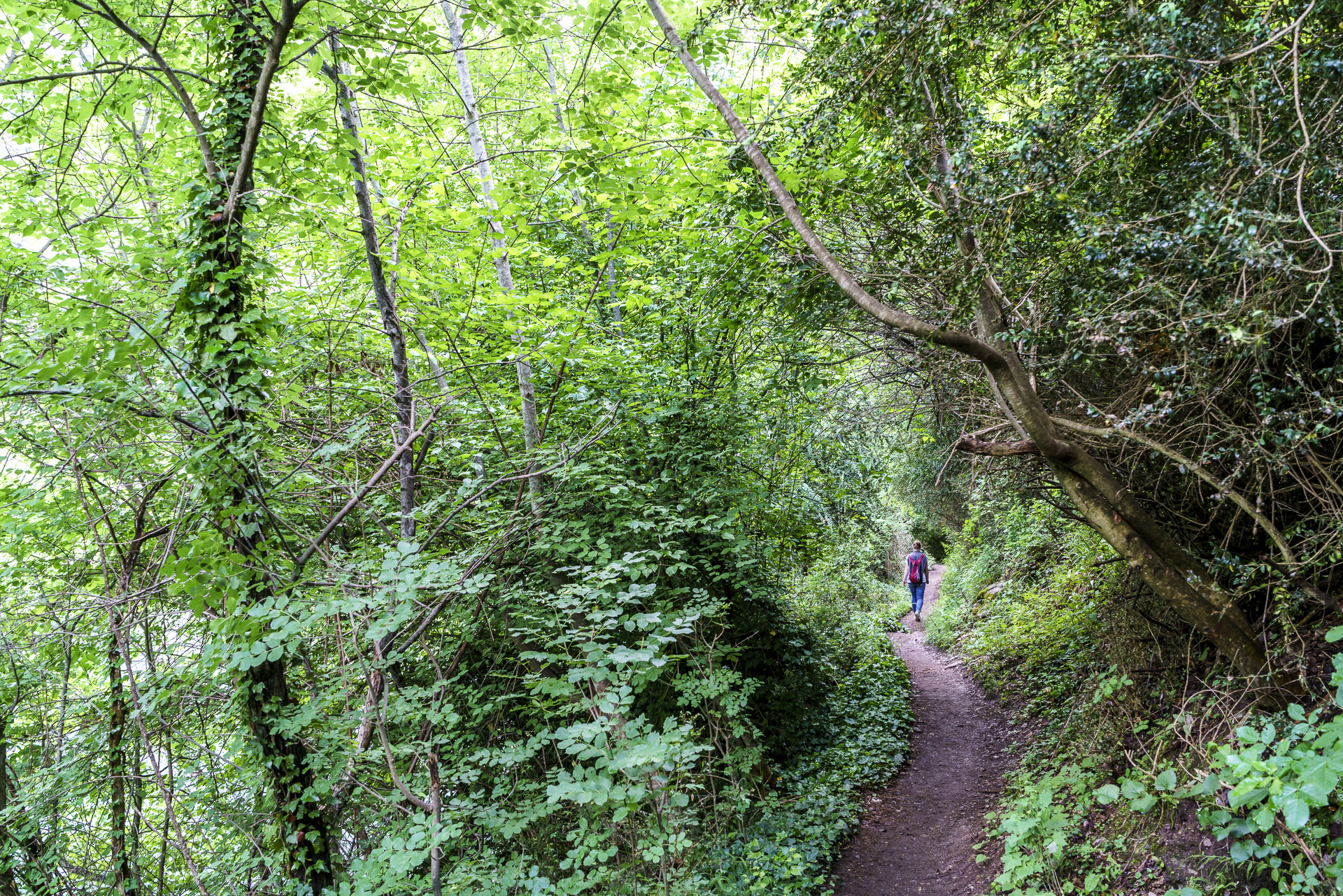
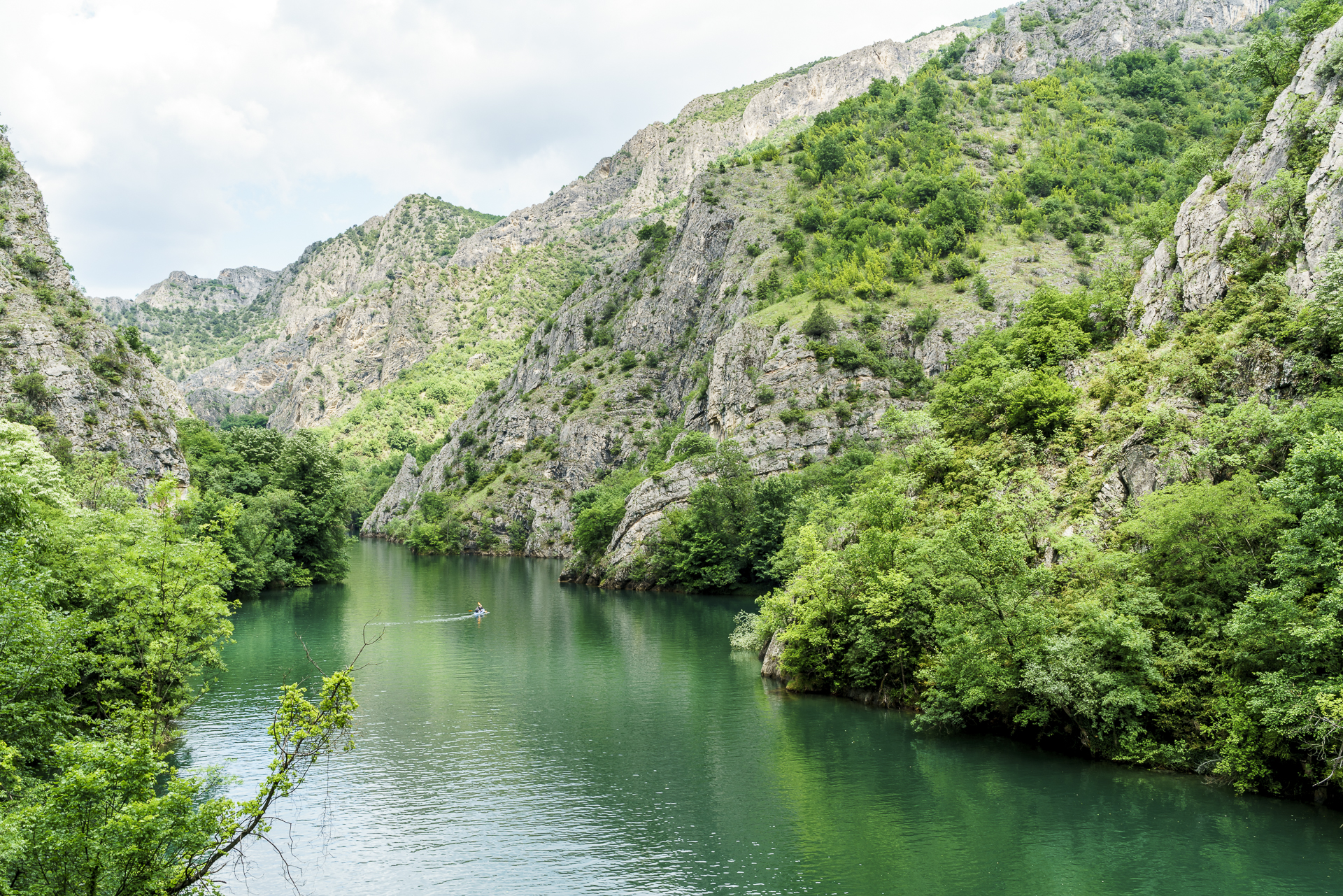

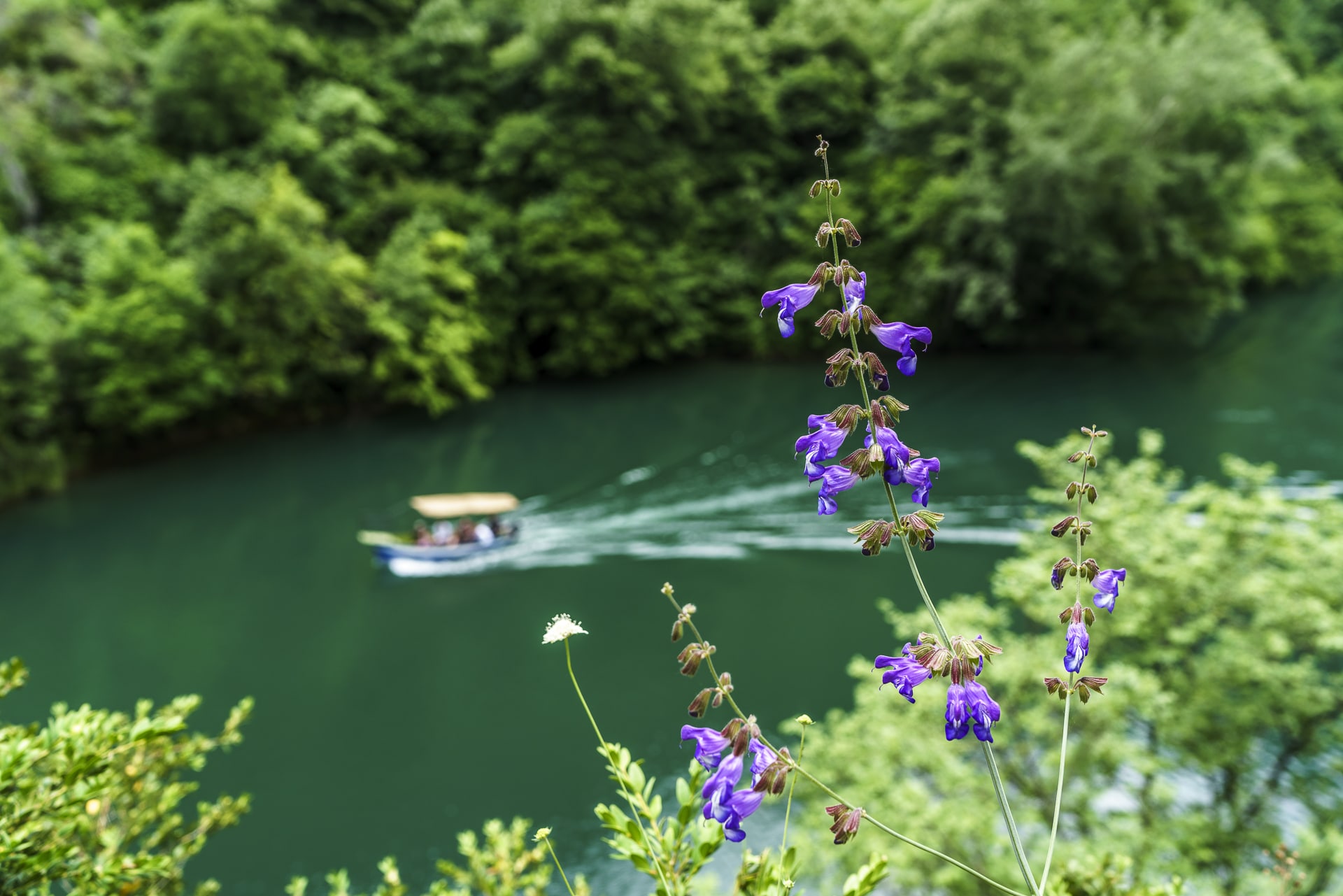
Attractions in Skopje
If you generously overlook the grotesque “Skopje 2014” architectural sins, you will find some great sights and exciting museums in the center. What they have in common is that they reflect much more than just “kitsch” and that Skopje is being done an injustice by merely reducing it to the building sins of past years.
Kale Fortress |
A nice overview of the architectural potpourri of the city centre is offered by the Kale Fortress high above the Vardar River. Access is free (at least when we were there).
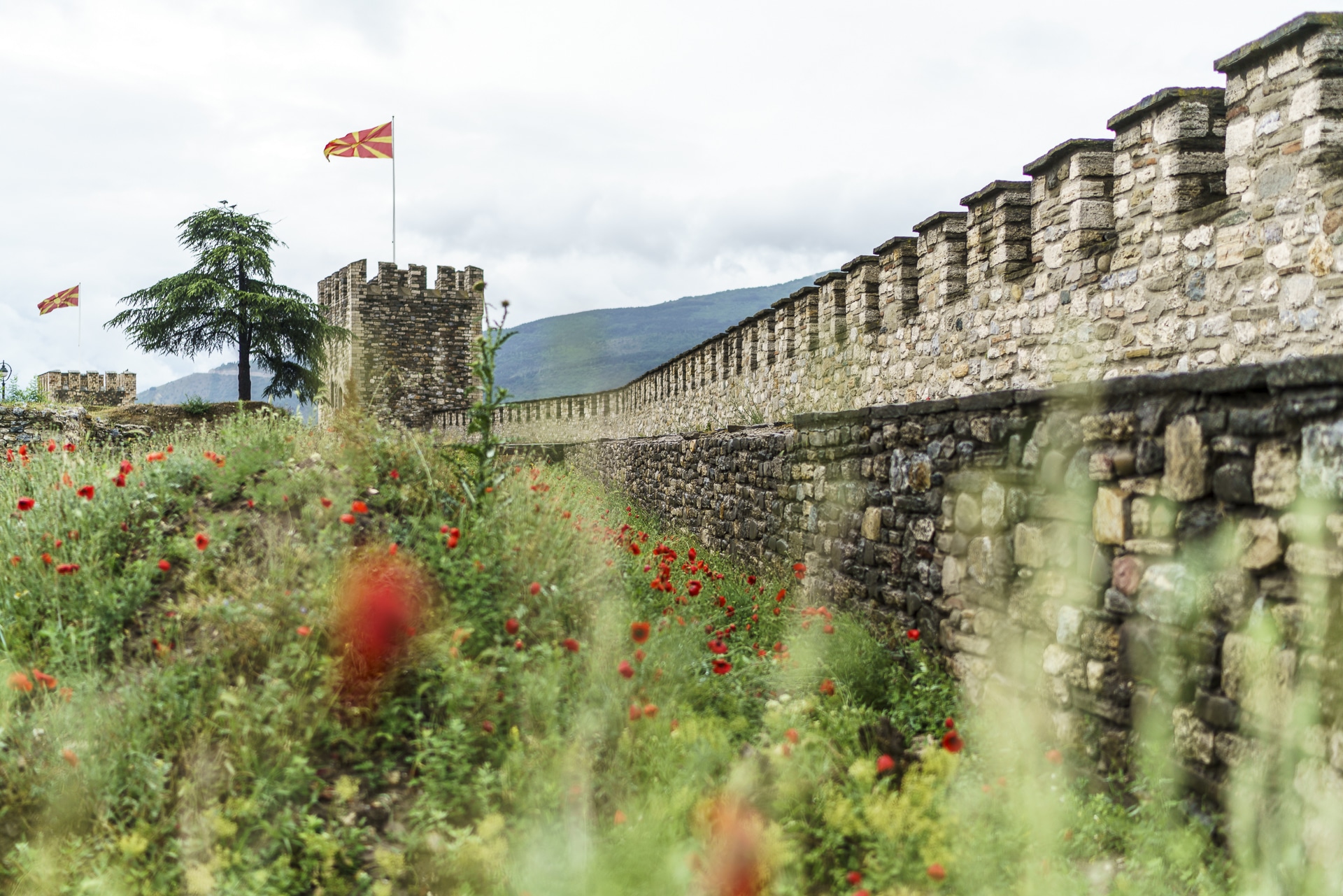
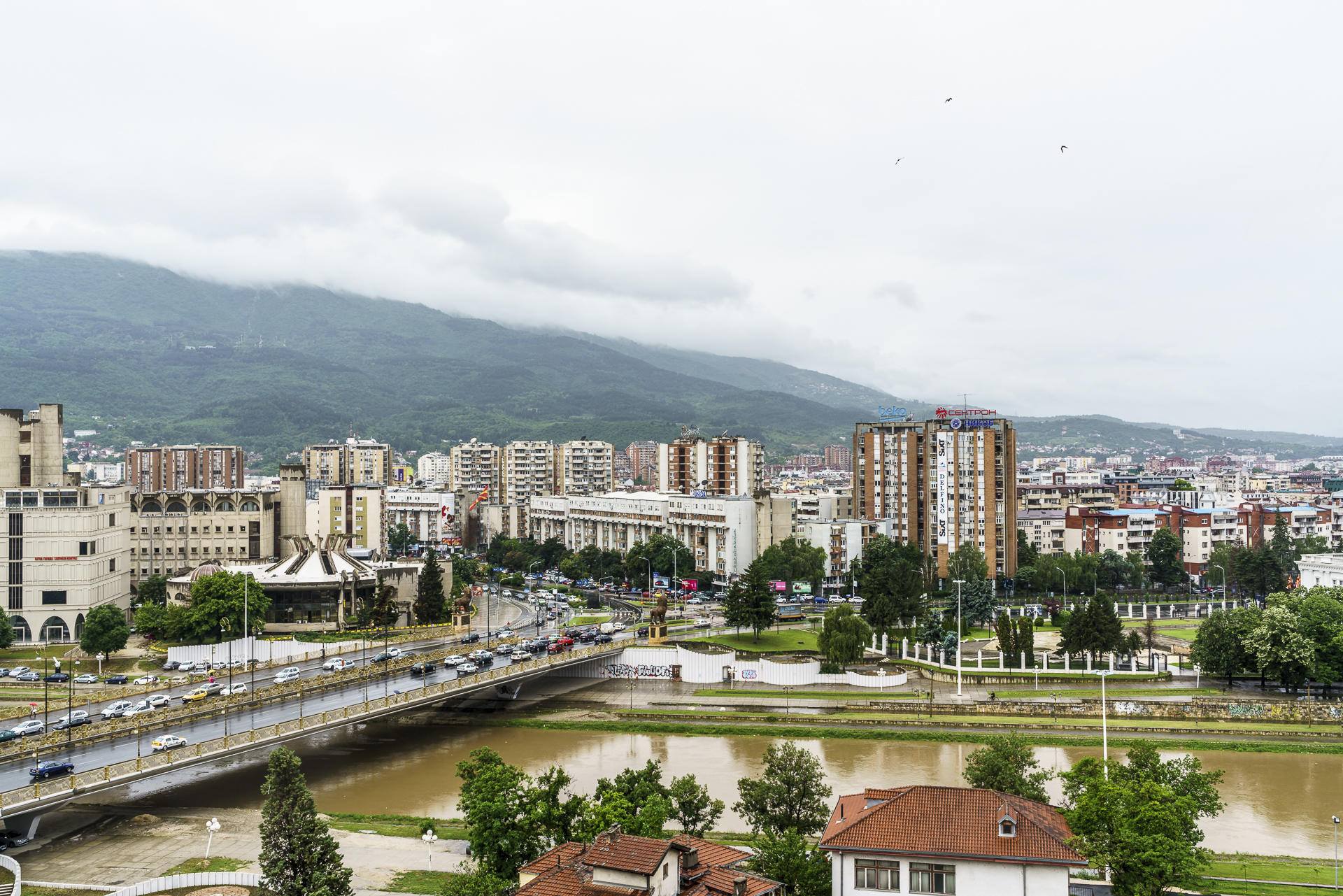
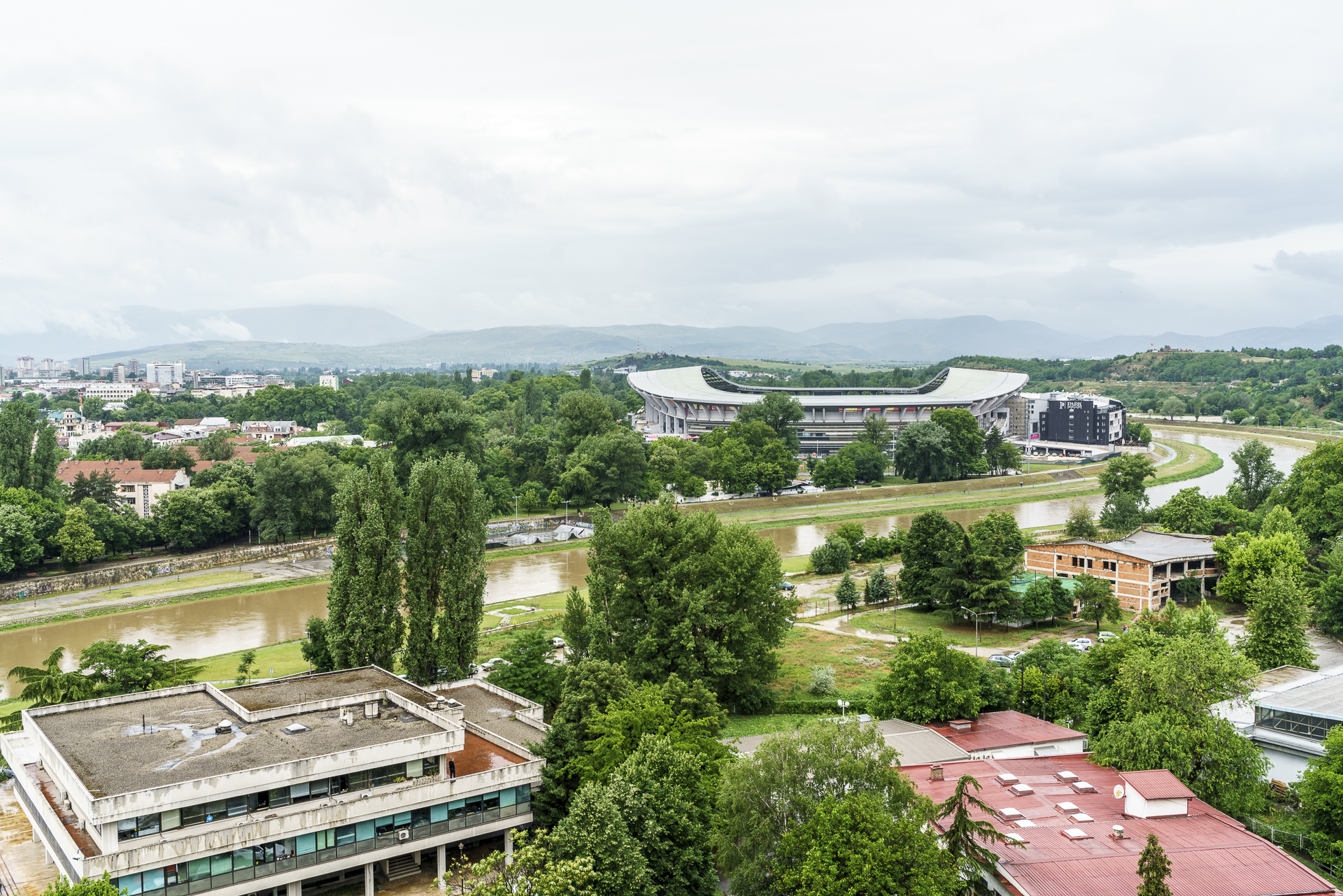
Skopje Old Bazaar |
The sprawling Old Bazaar is the best way to get a sense of what Skopje looked like before the devastating earthquake. At the time of the Ottoman Empire, there were numerous mosques and caravanserais here – one of which can still be visited. There are also many other exciting shops and beautiful corners to discover in the maze of alleys.
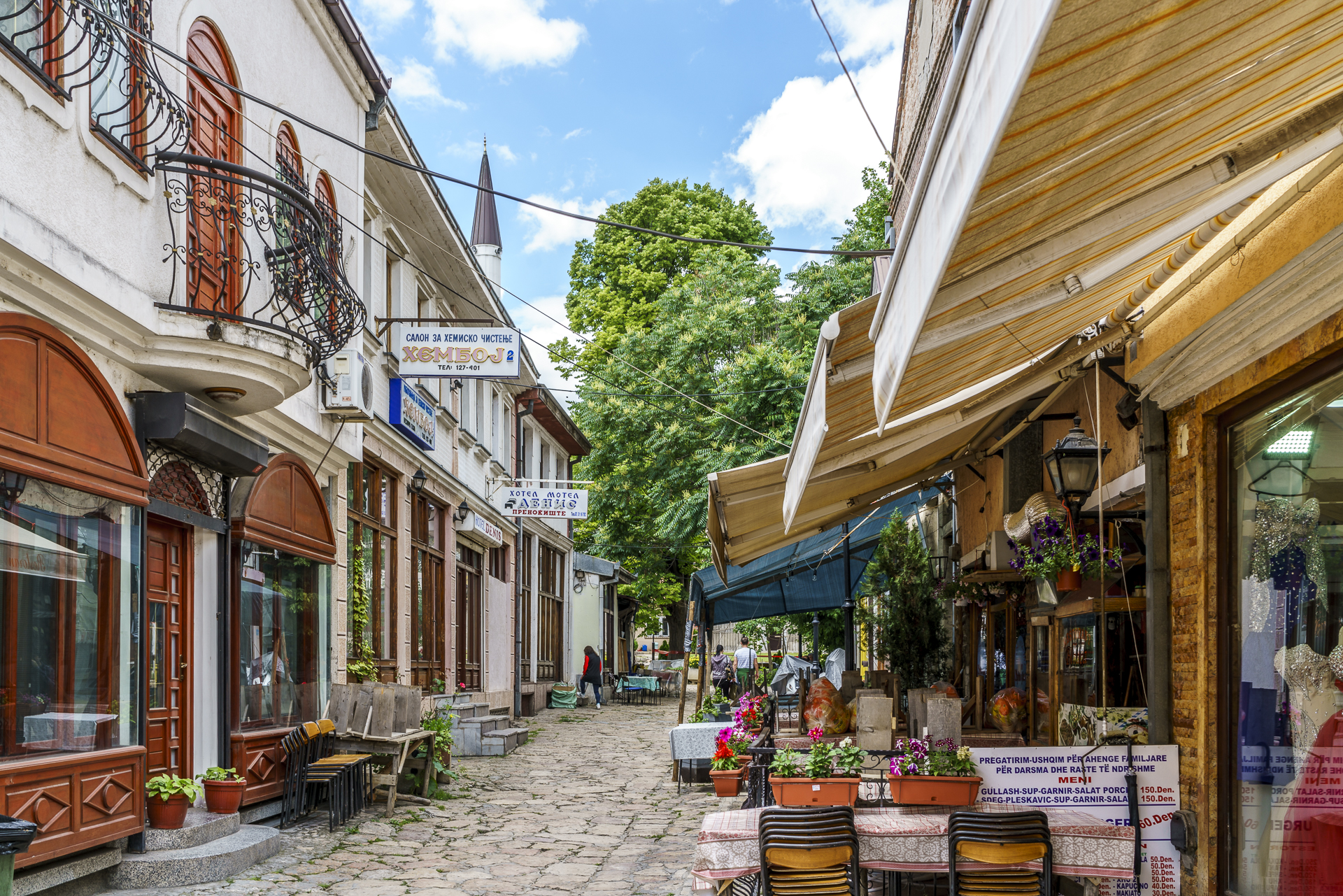
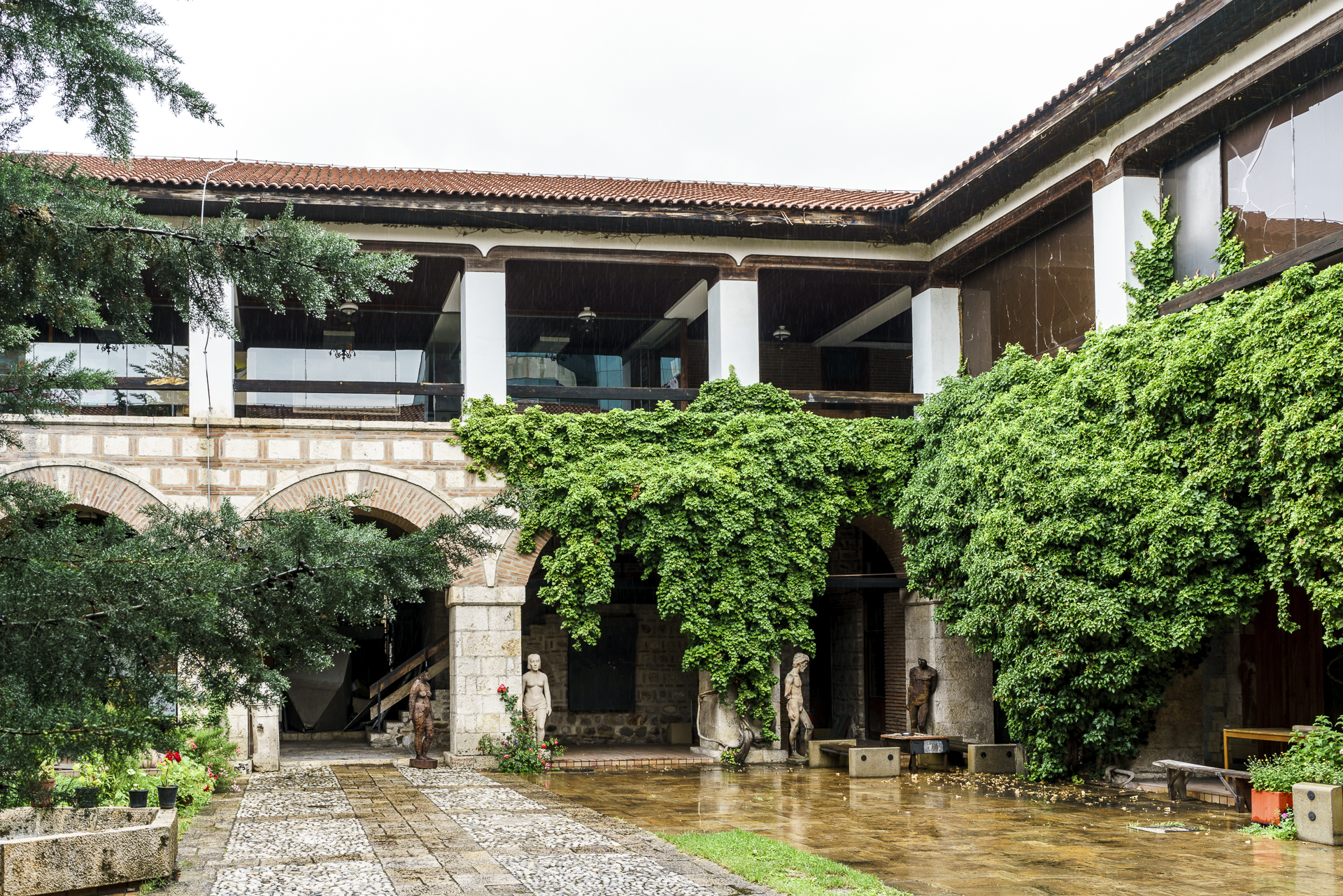
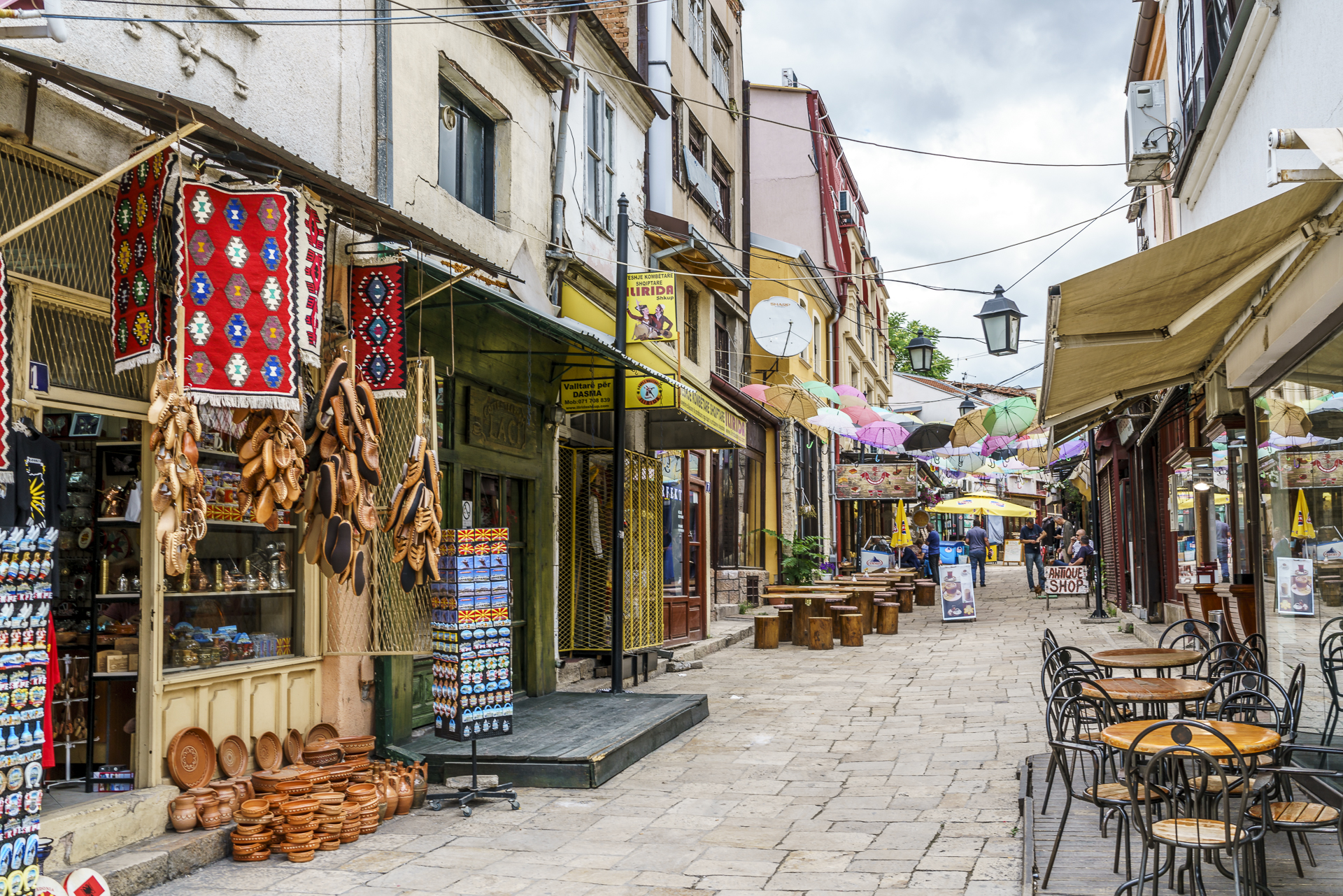
Museums-Hopping |
When it comes to museums, Skopje offers an interesting contrast. Worth seeing is the Museum of Contemporary Art, which is located near the Kale fortress in a prominent location in a building from the 1970s (entrance fee 300 denarius). We were also impressed by the National Gallery, which is exhibited in the former Daut Pasha Hamam – an important contemporary witness of Ottoman architecture. Mother Teresa’s Memorial House, on the other hand, was only seen from the outside. The same goes for the City Museum of Skopje, which is located in the former station building of the Skopje train station. The building was one of the few buildings to withstand the earthquake. Only the clock has stood still since July 26, 1963 at 05:17 a.m.
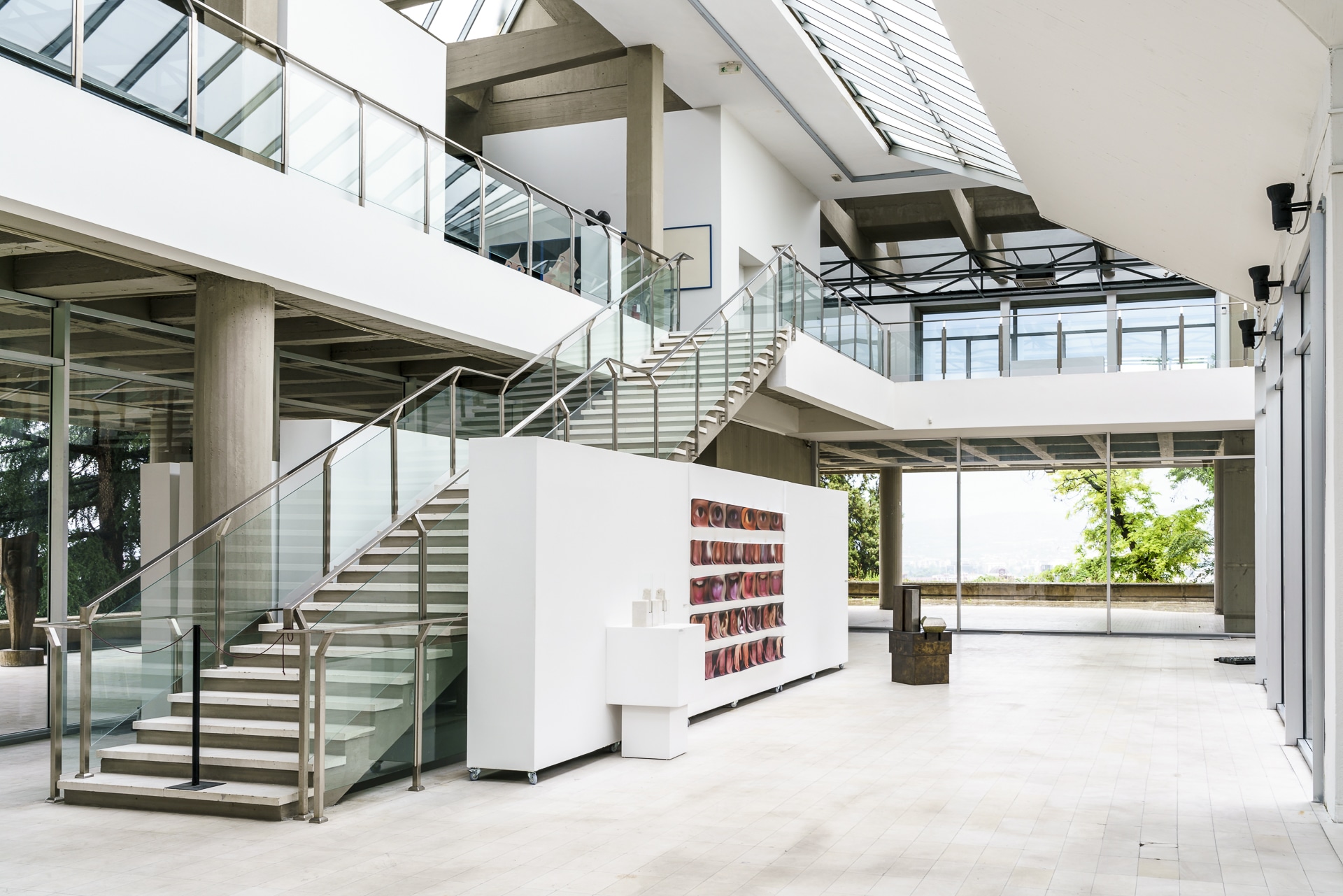
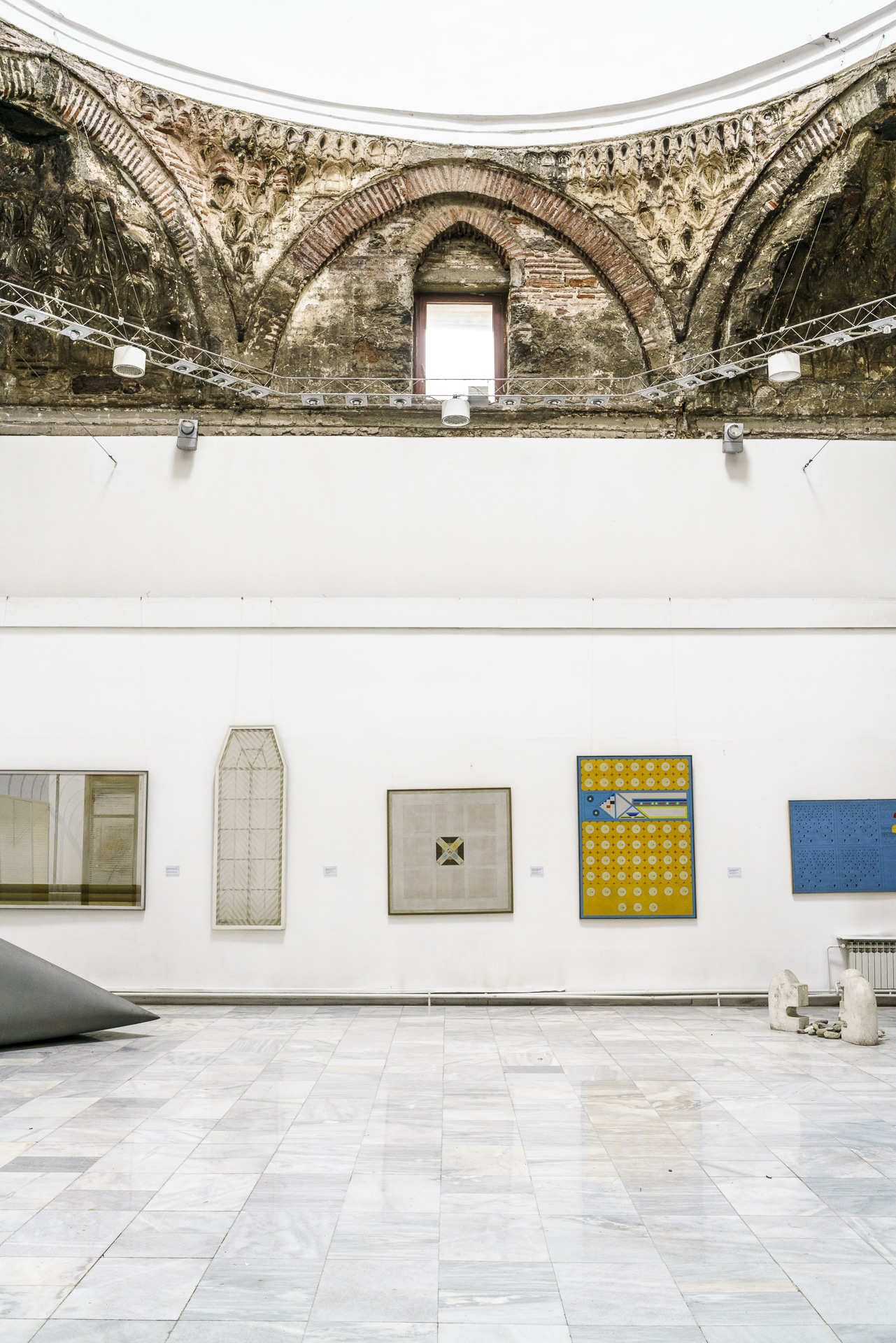
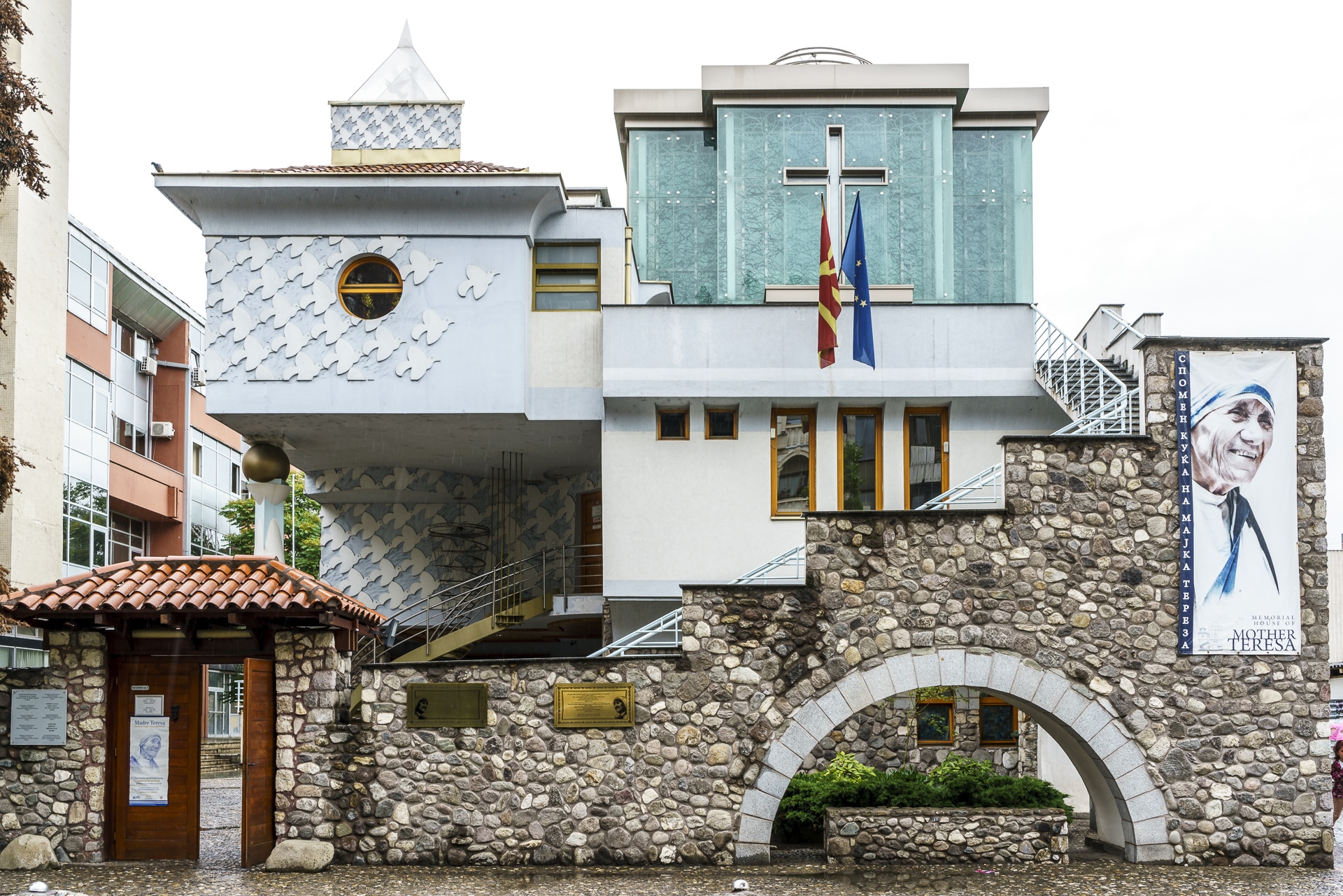

Public Room – CoWorking
If you are looking for a casual spot for a coffee or work break, we can recommend the “Public Room“. This is where students meet to work, local designers sell their wares in the small store integrated into the café, and the workers of the neighborhood get a sandwich at the counter.

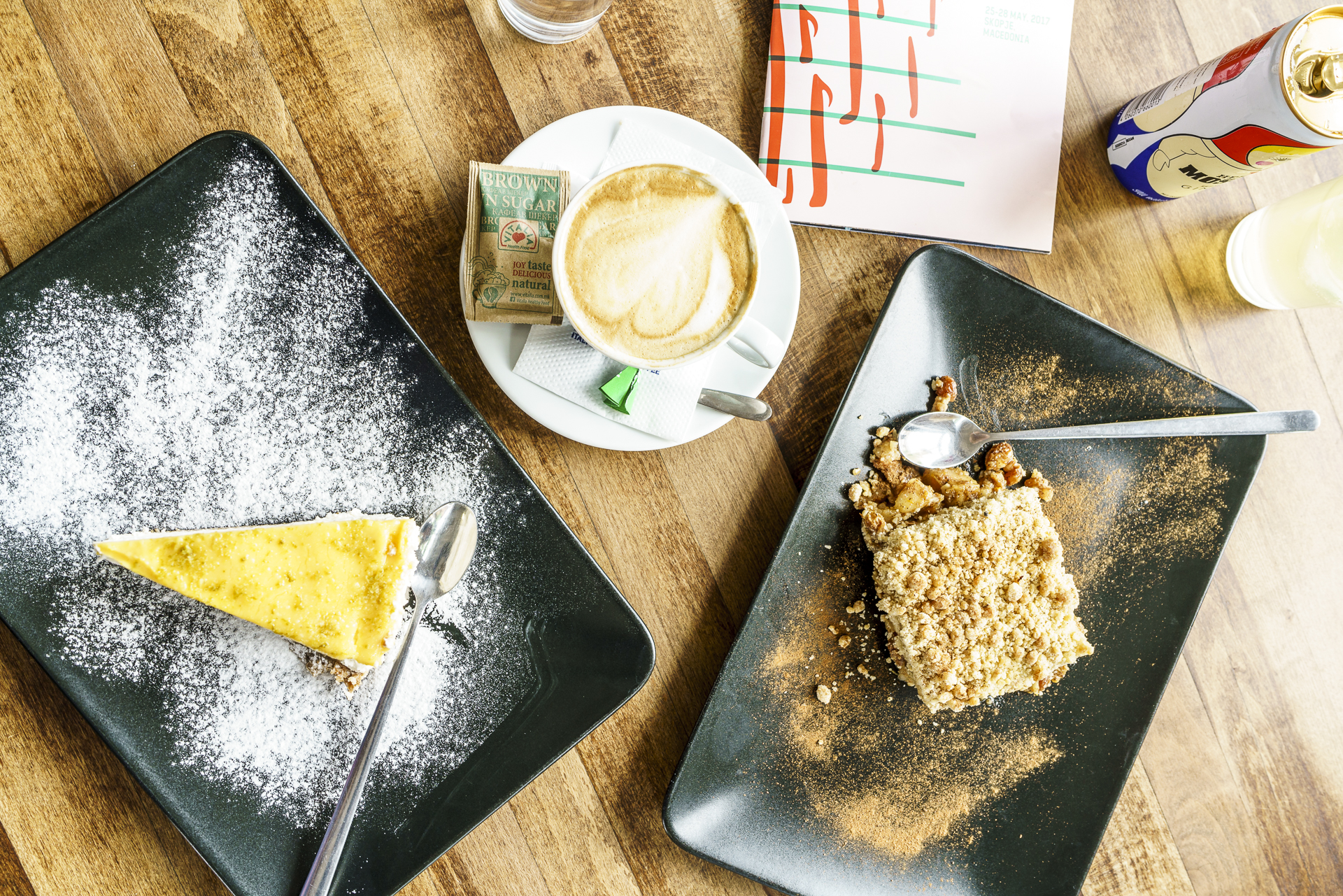
More Skopje tips
- A convenient, direct flight connection can be booked through Air Prishtina. The flight itself is operated by Germania (as a charter). The flight times are great for a weekend trip during the summer flight schedule. We departed Zurich on Thursday evening at 5:10 p.m. and landed back in Zurich at 7:30 p.m. on Sunday evening.
- There is an irregular bus service from the airport to the city centre. The ticket costs 175 denari.
- We spent the night at the relatively new Park Hotel & Spa near the stadium. Most of the sights are within walking distance and can be reached via a beautiful riverside path. The hotel is suitable for those who like modern design. Depending on the room, you have a view of the stadium or the river.
- For culinary tips, I can recommend the Spotted by Locals app, which I used for my research.
- We had a fine meal at Twins Kitchen & Wine (in the hotel complex), at Frutti di Mare and at Pelister. If you like it simple, fast and cheap, you will find the Royal Burger casual. Opposite the Saint Clement of Ohrid Cathedral, which is well worth seeing, is the cozy Café Ljubov. All of these places can also be found on Spotted by Local
- Reading tip for concrete fans: Yomadic – Communist Architecture in Skopje
p.s. Yes, I am decidedly of the opinion that a city trip to Skopje is worthwhile if you want to deal with the place.
The most important facts about Skopje
Spring and Autumn
Valid Swiss identity card for stays of up to 90 days (February 2019)
Money (MKD)
Majority Macedonian and Albanian
It is located in North Macedonia
544,086 (June 30, 2015)


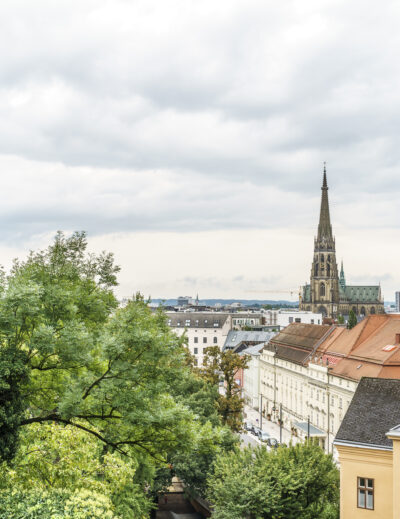
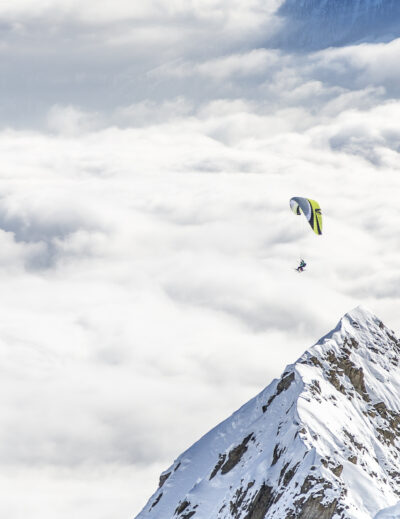
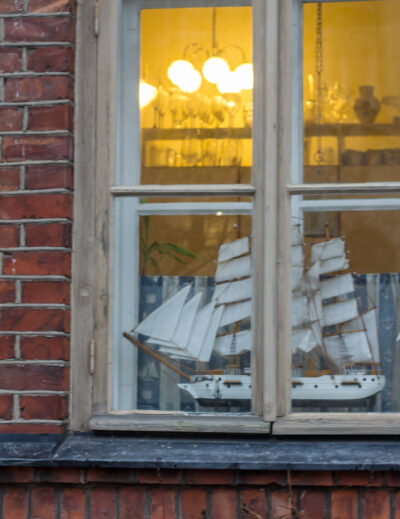
Leave a Reply